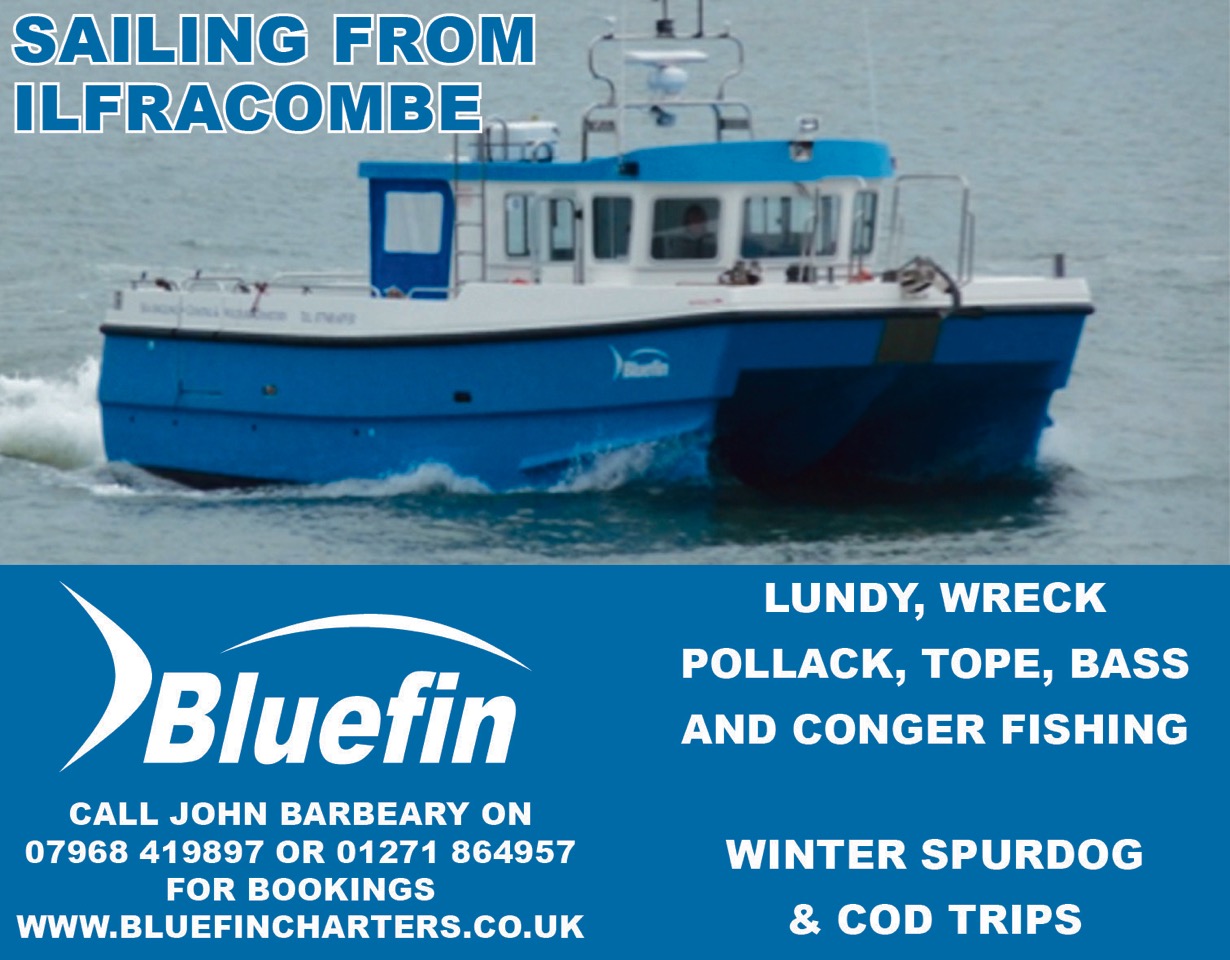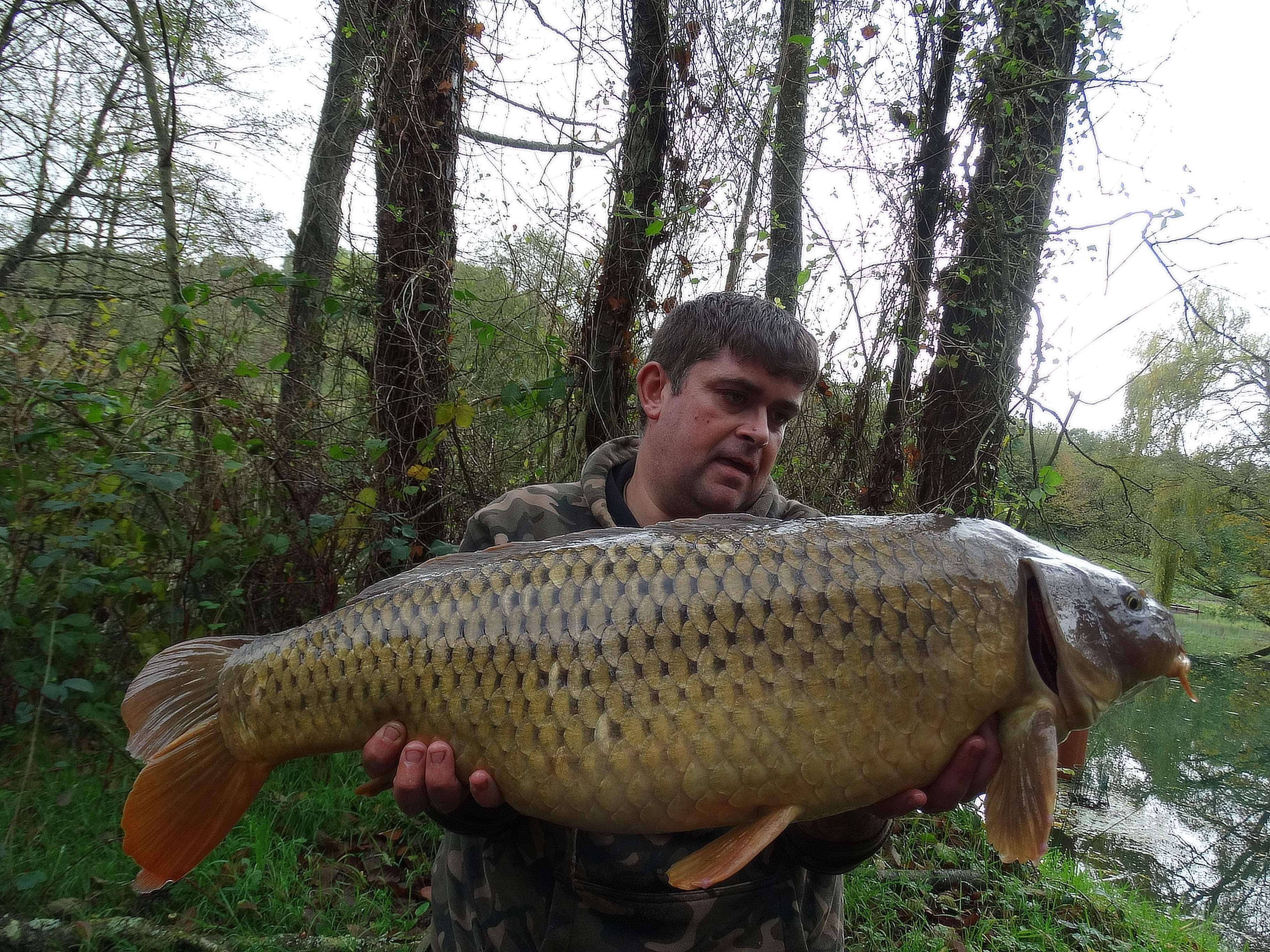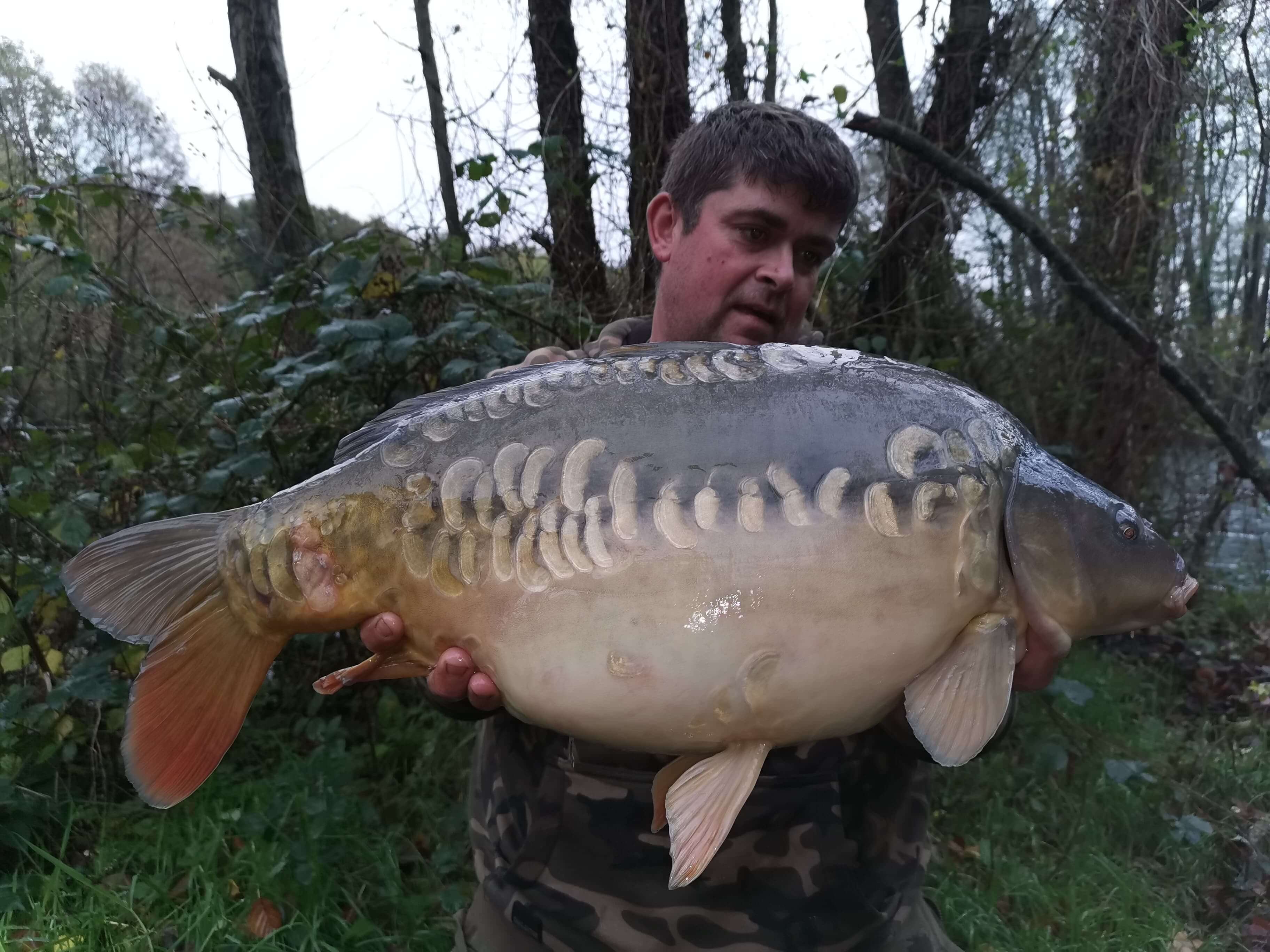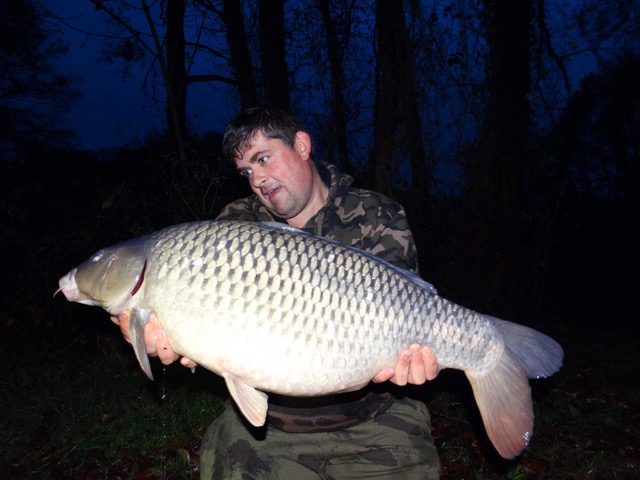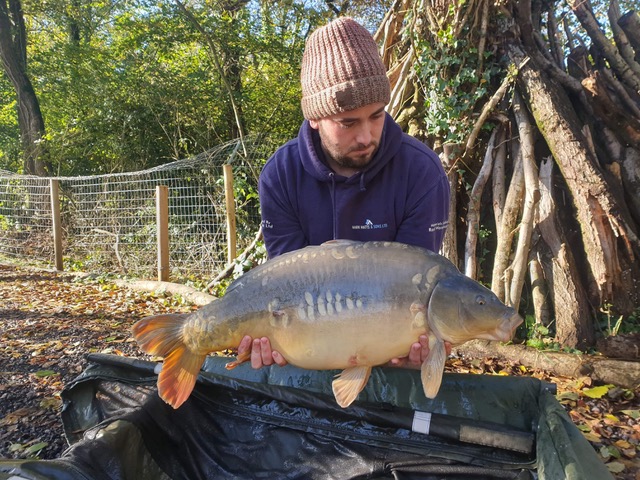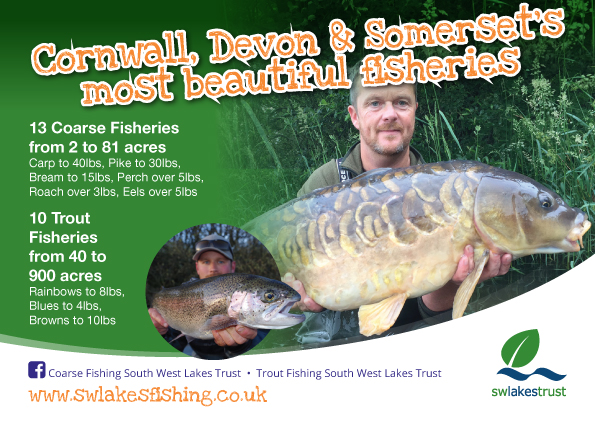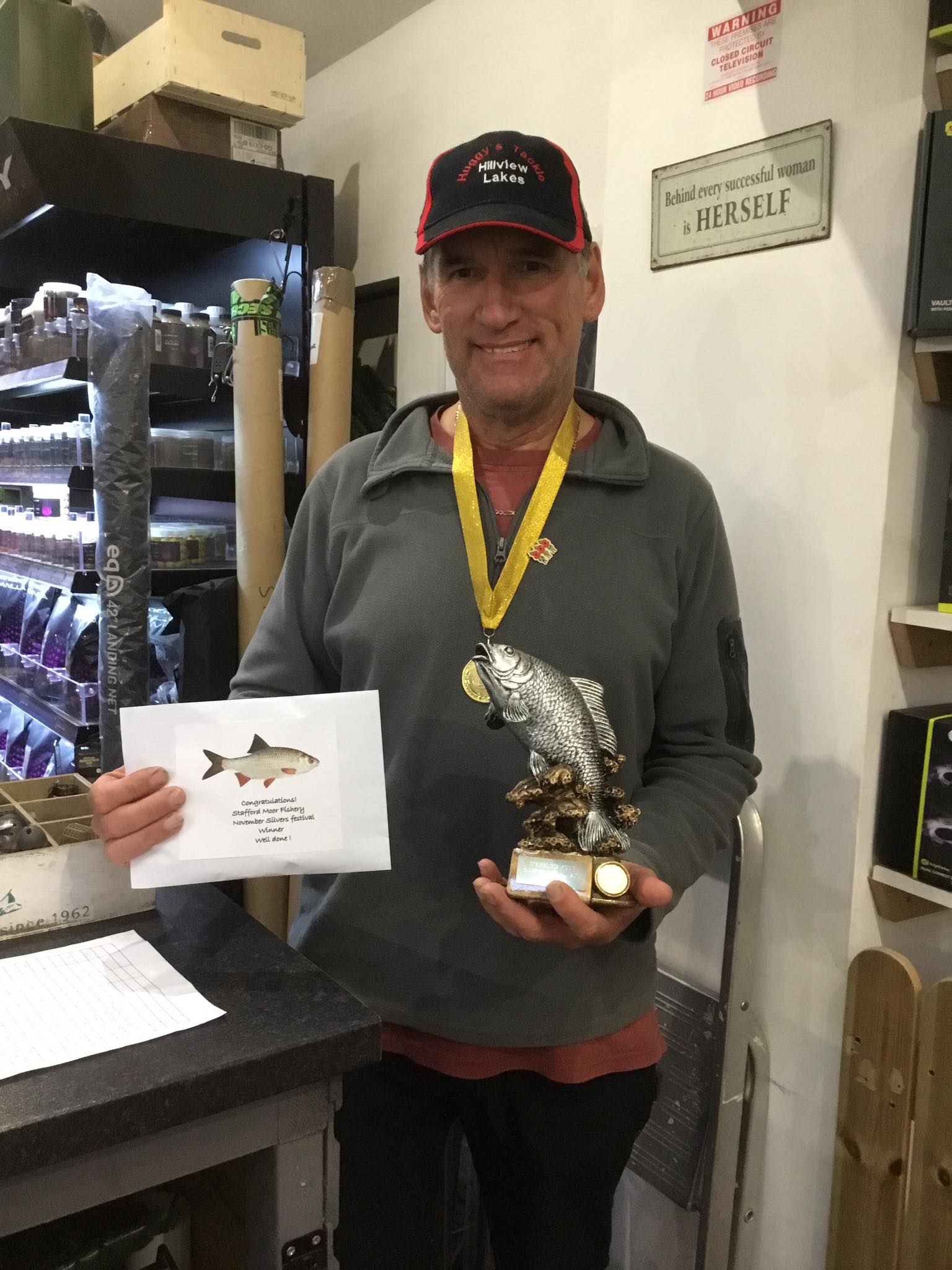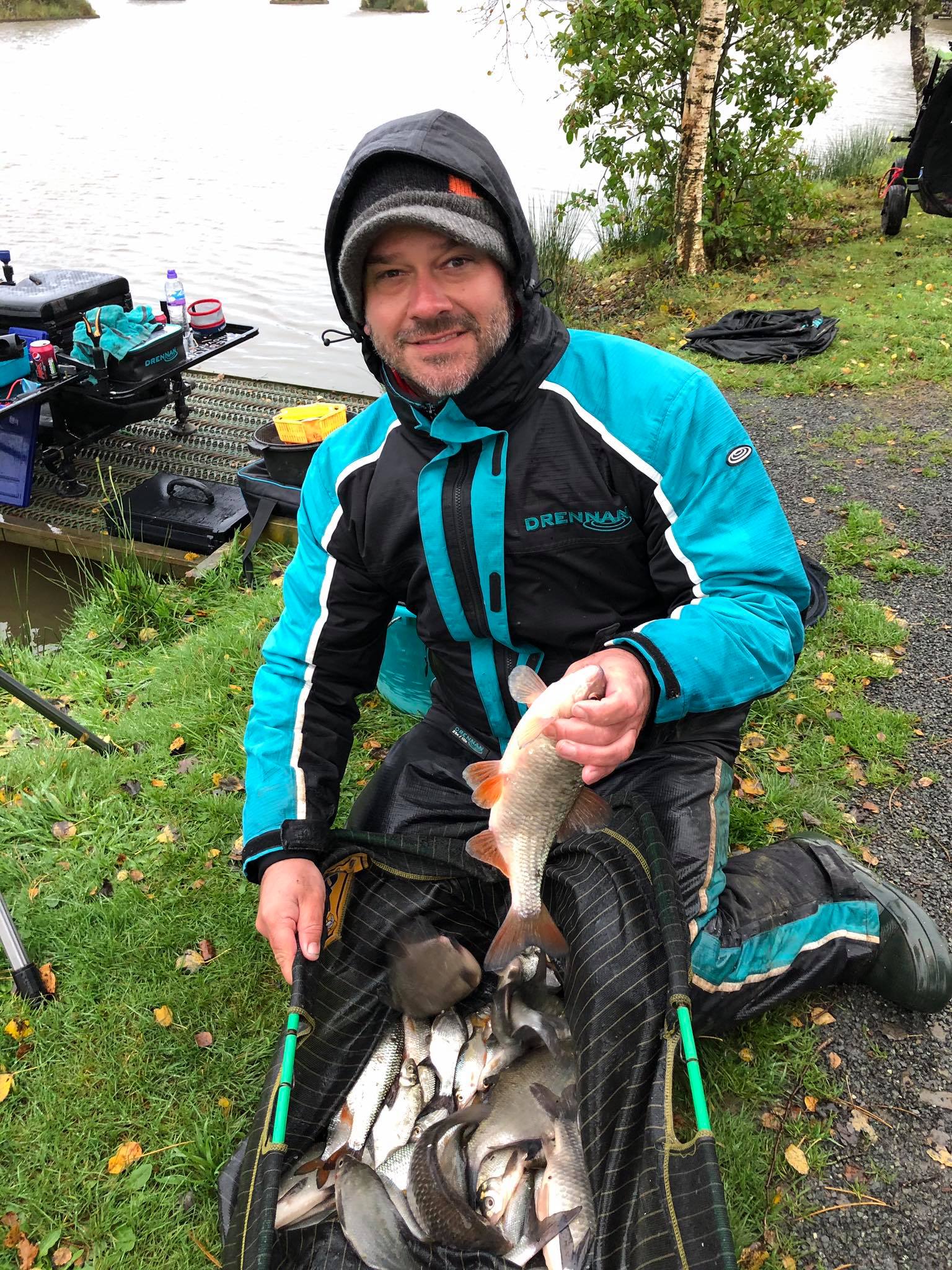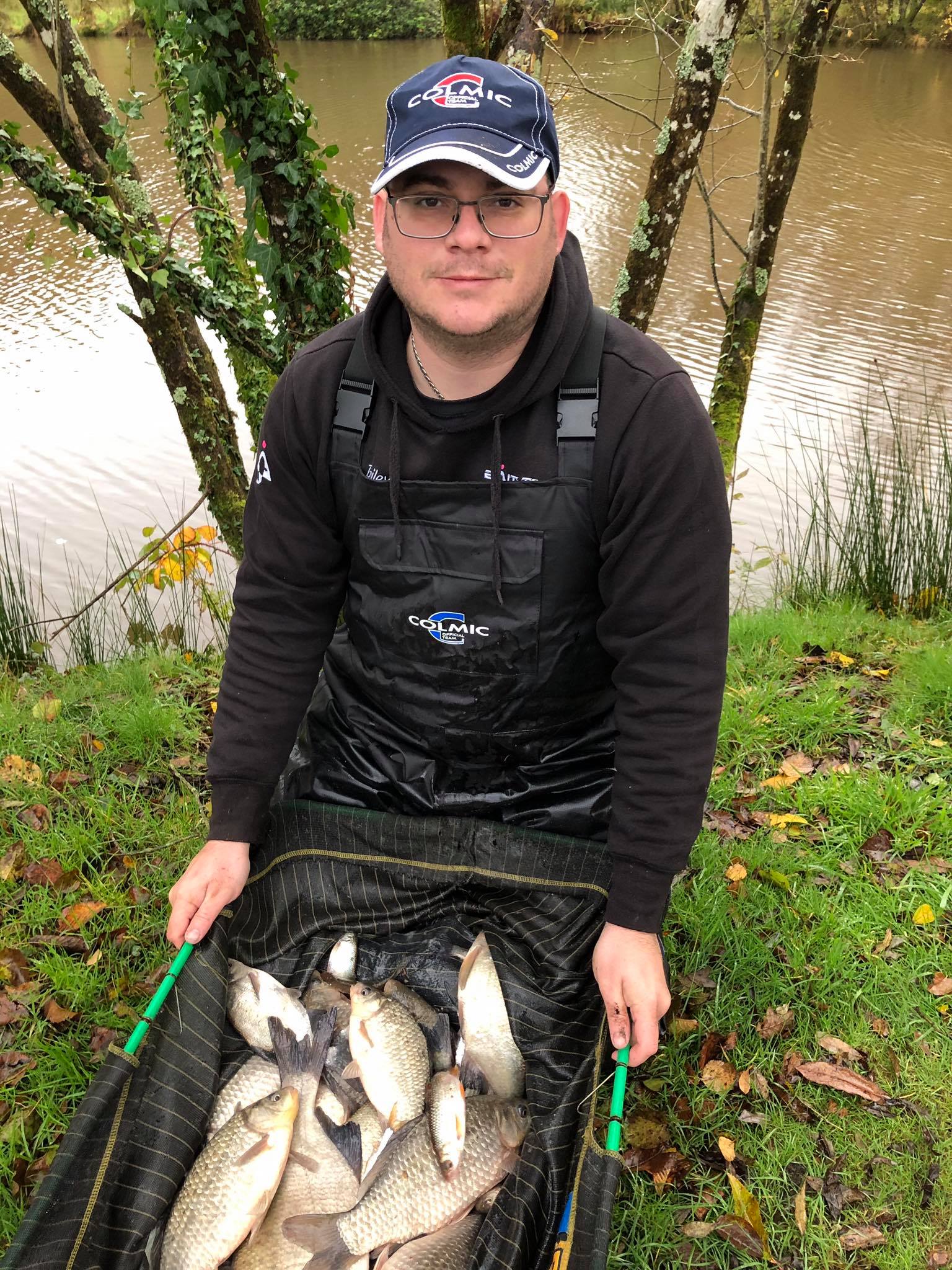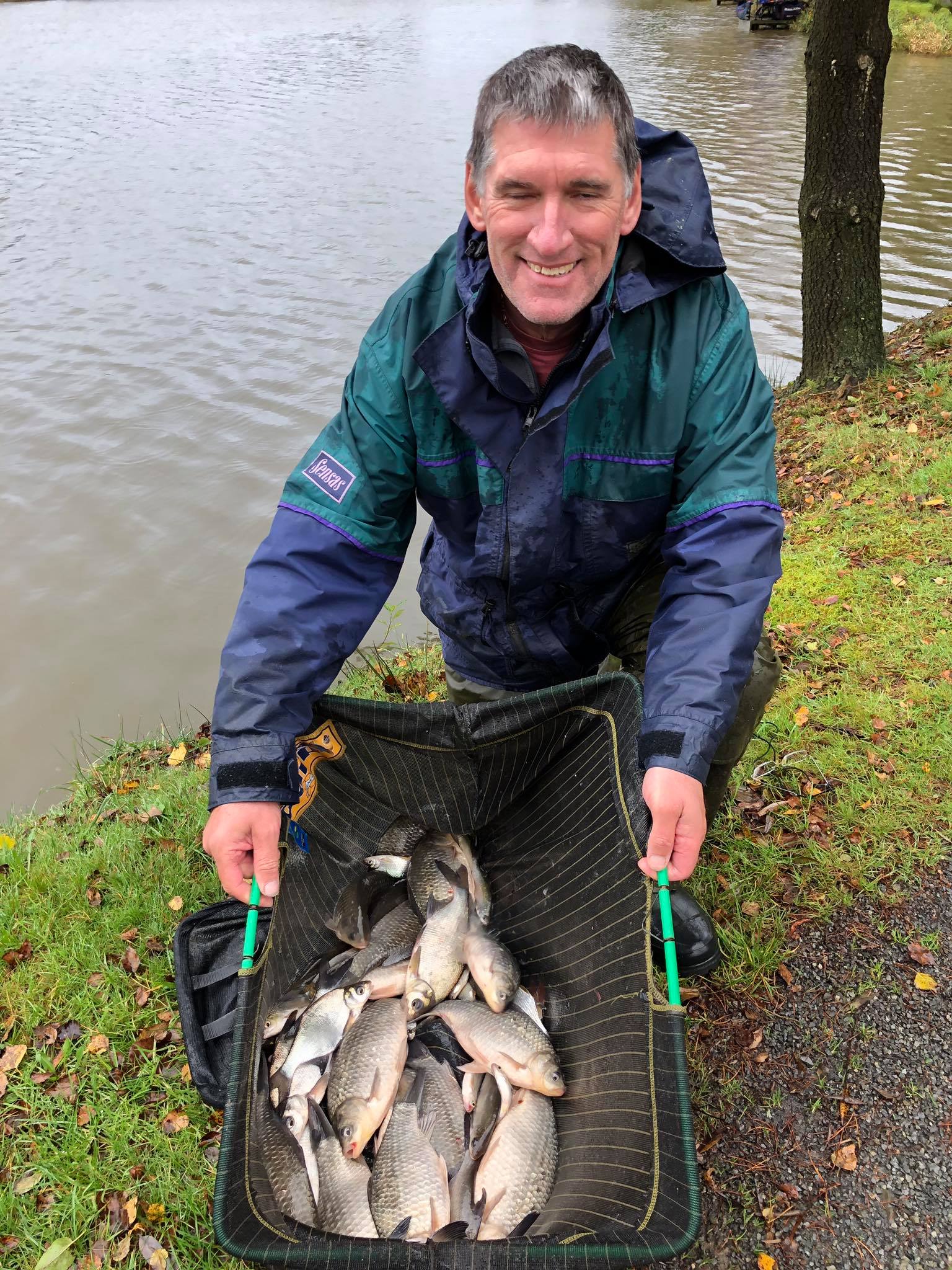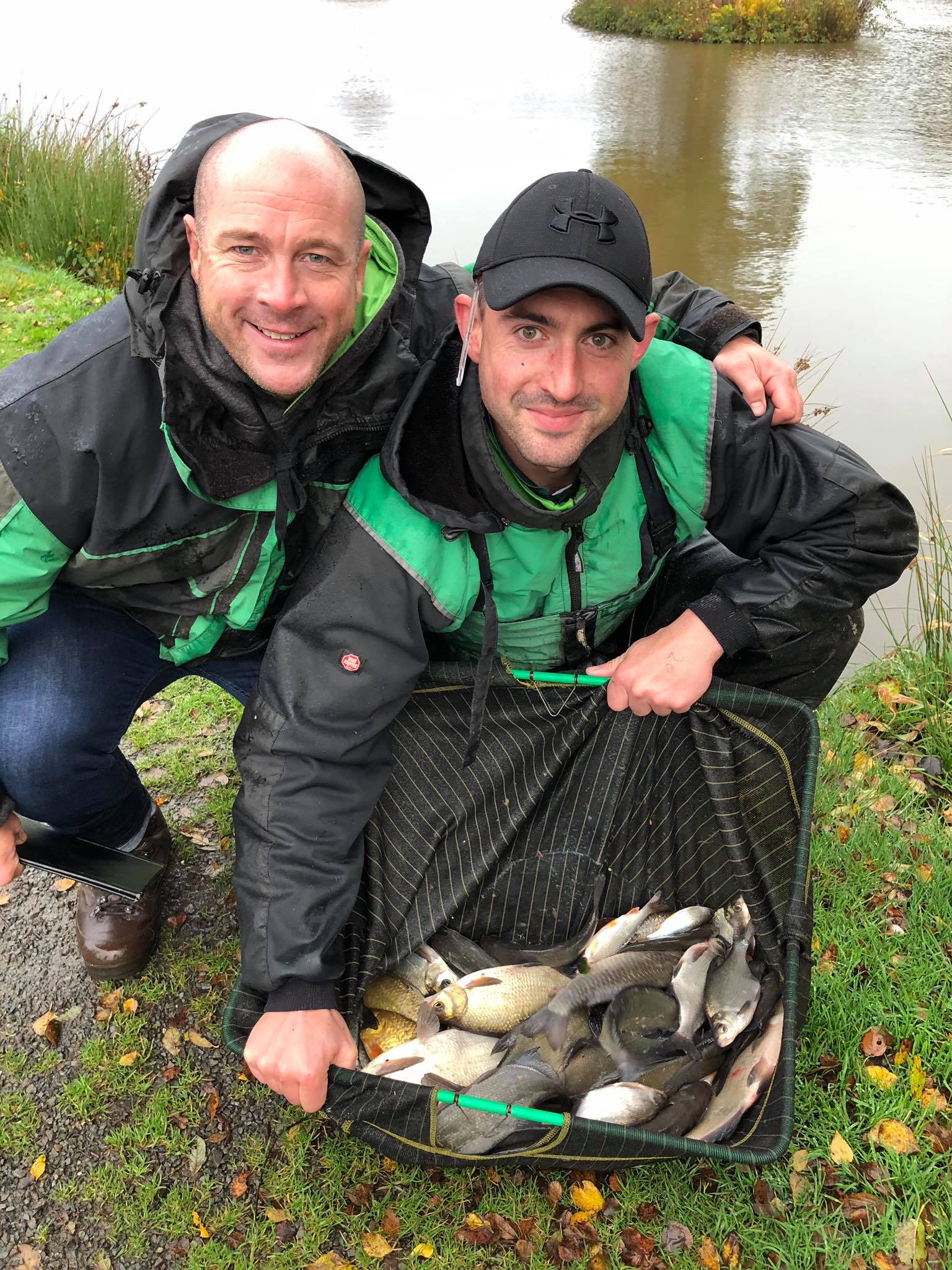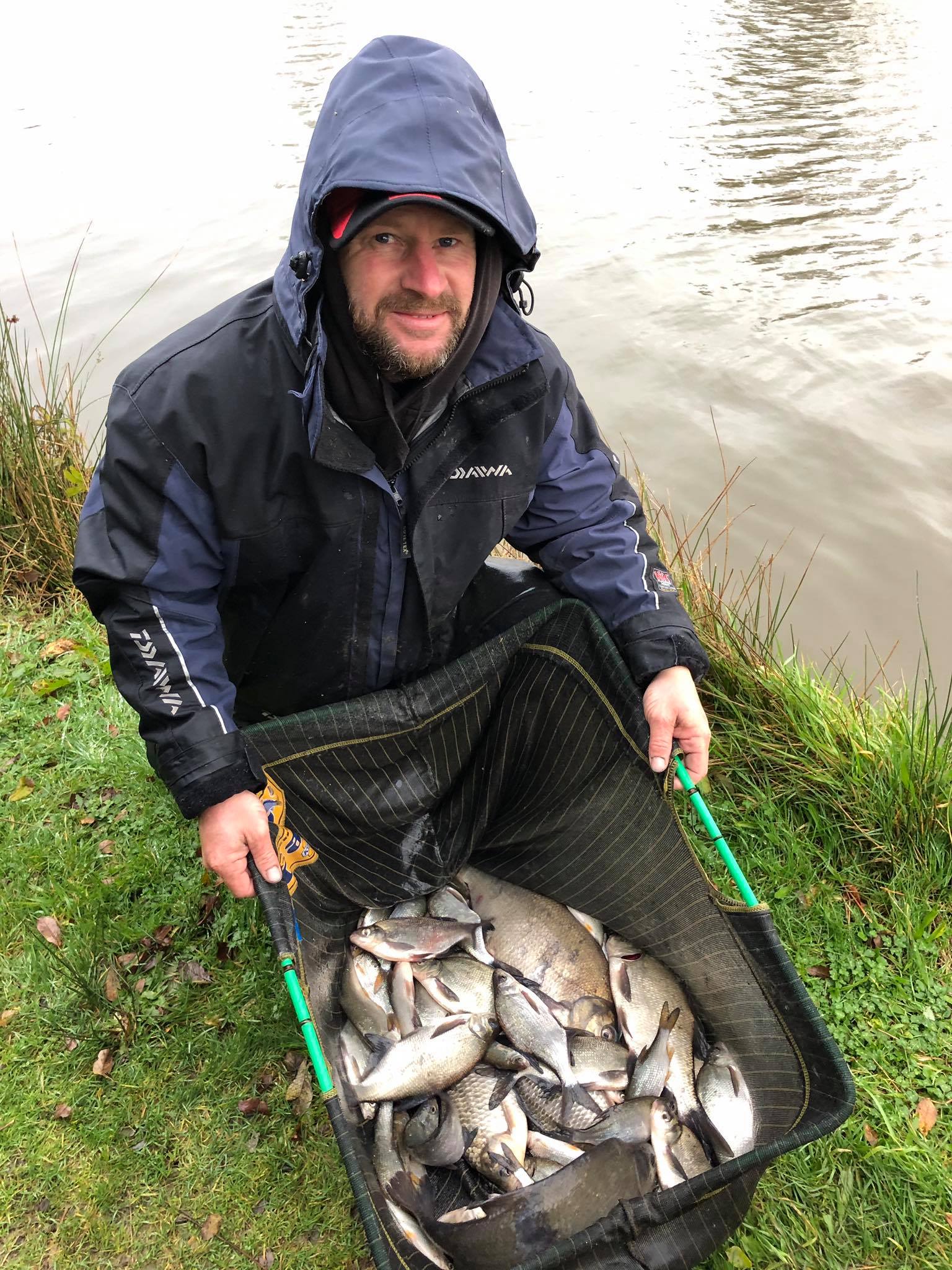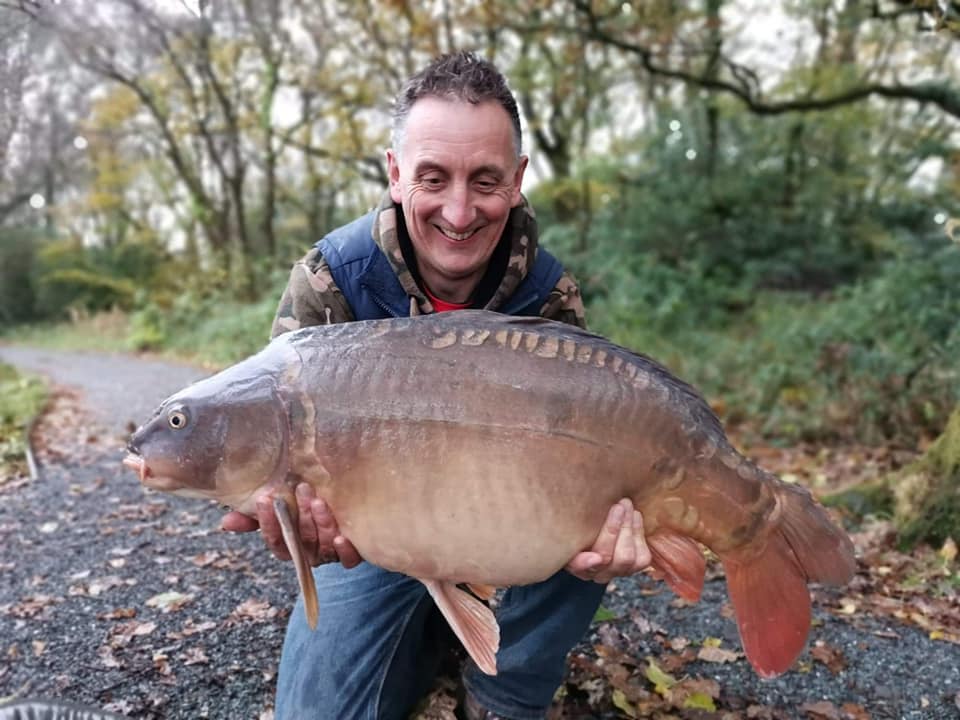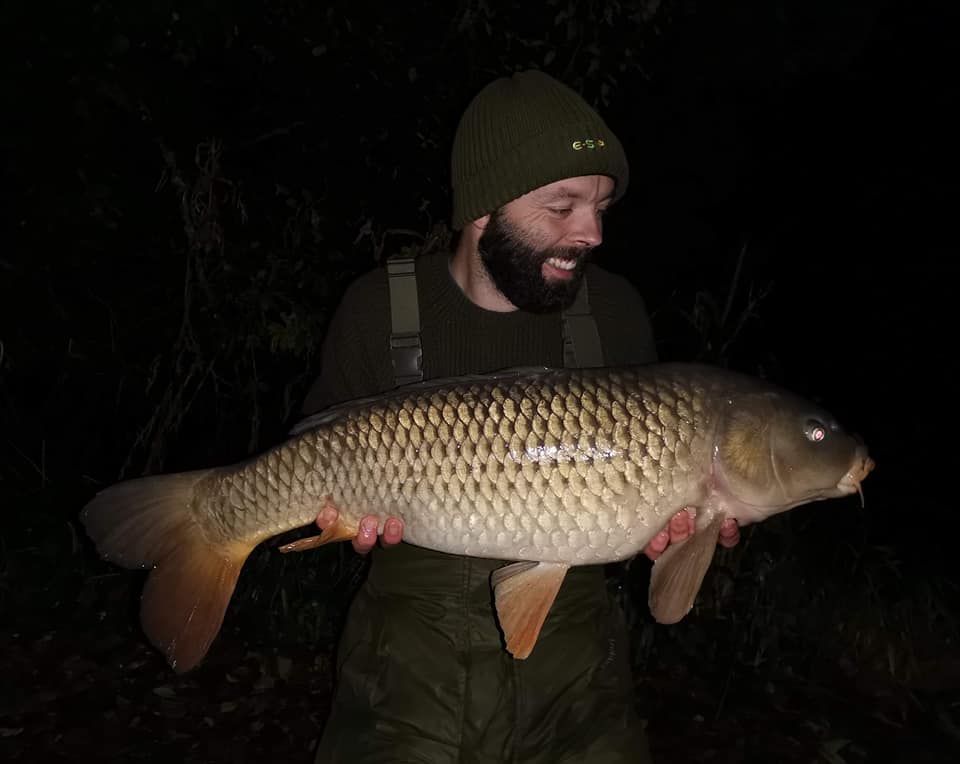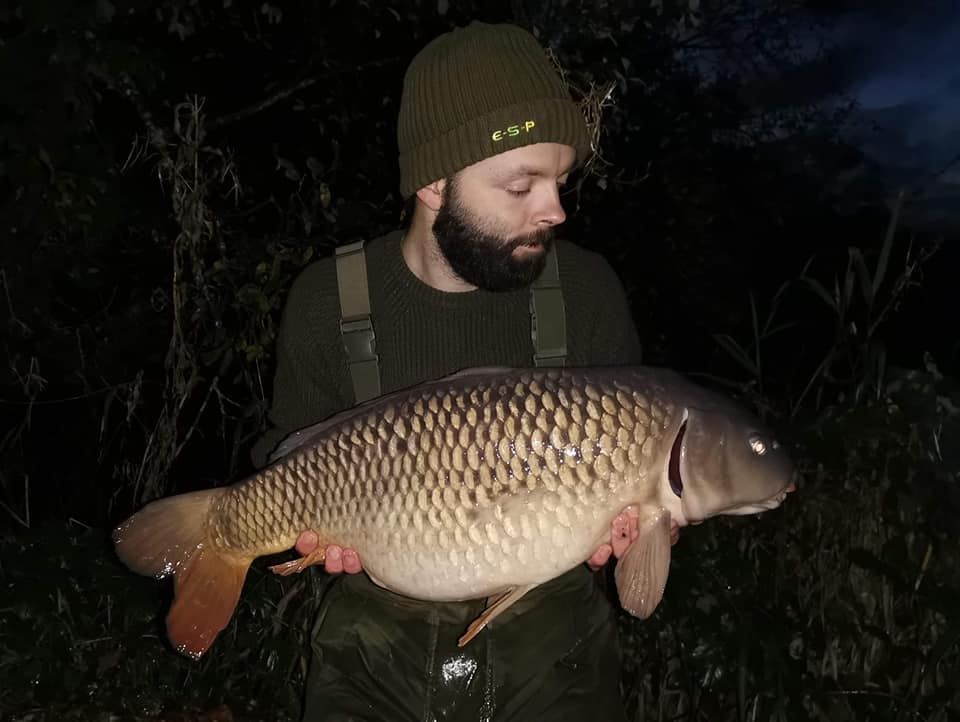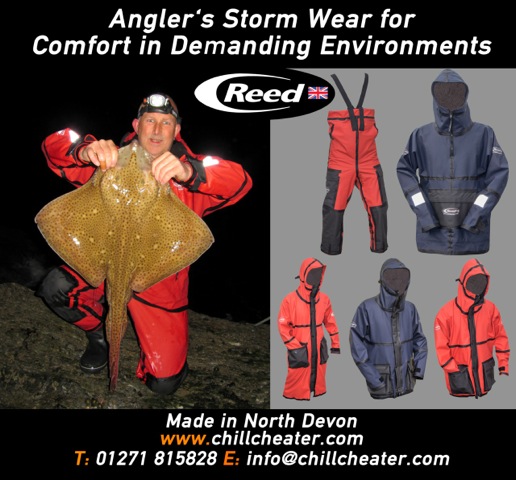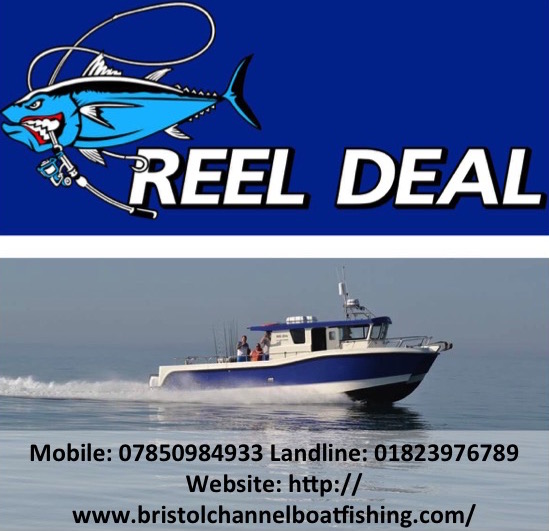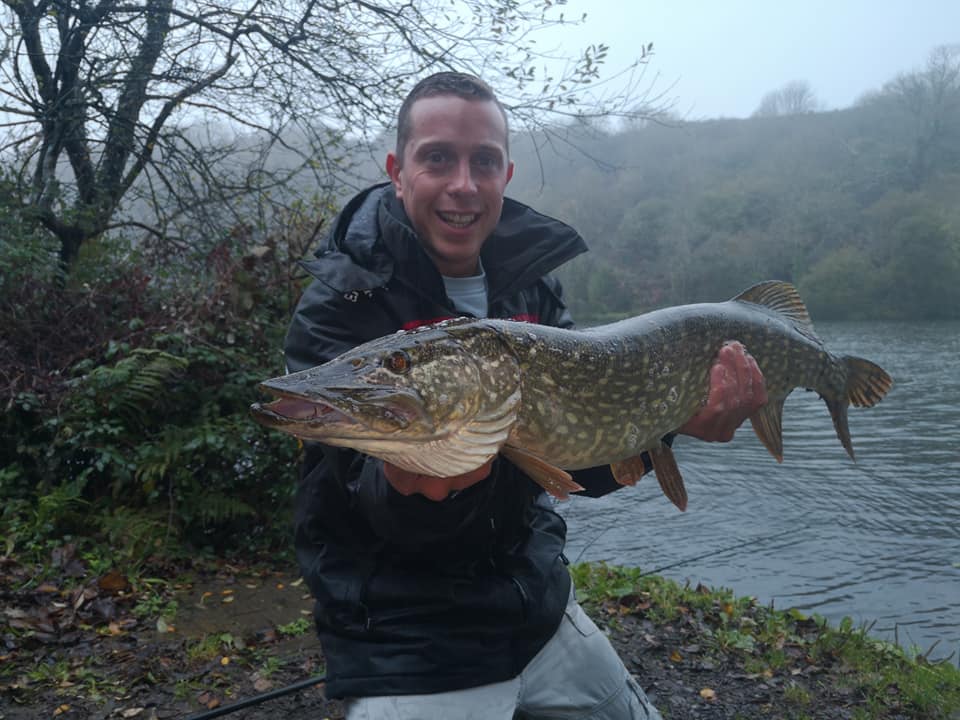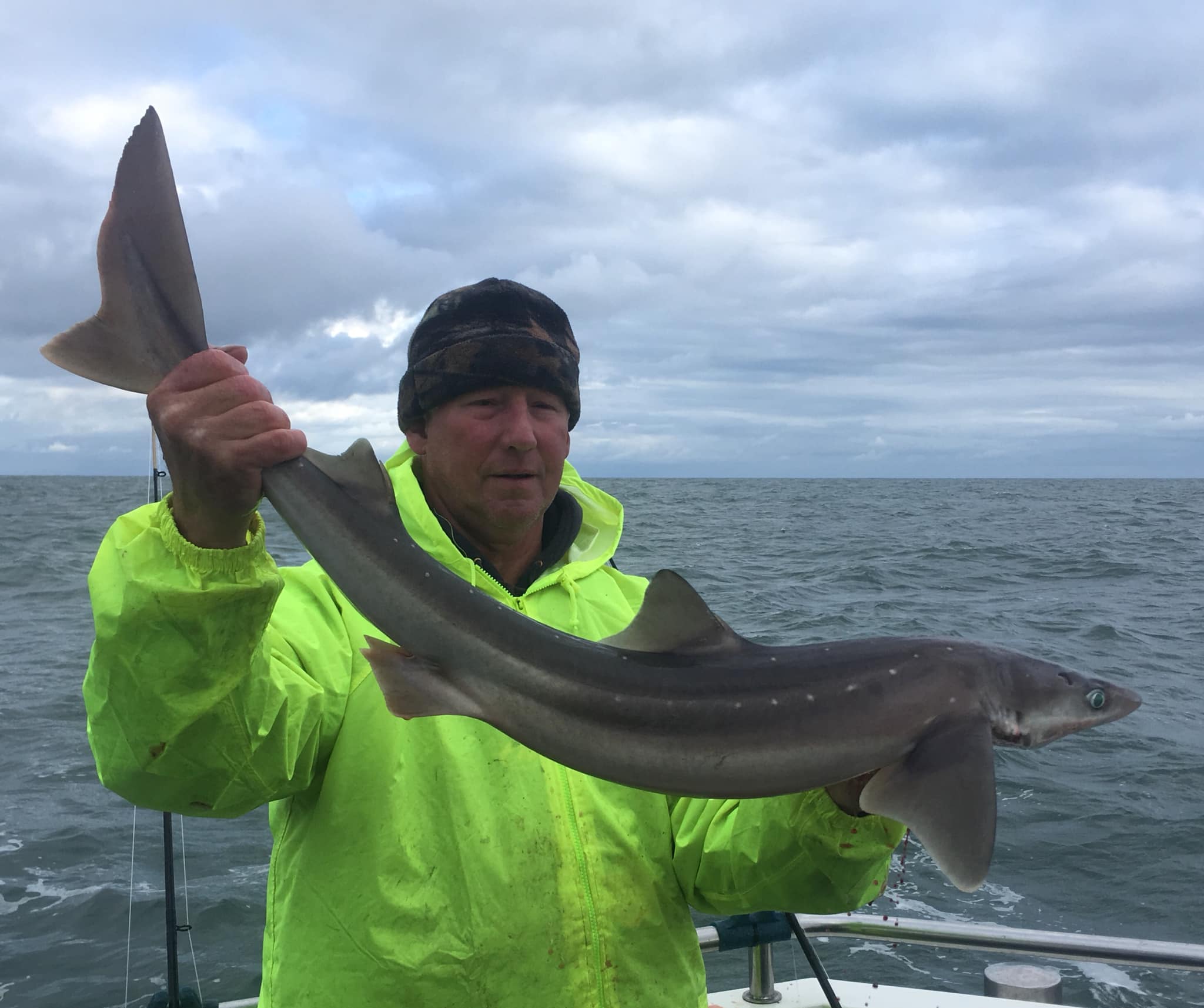
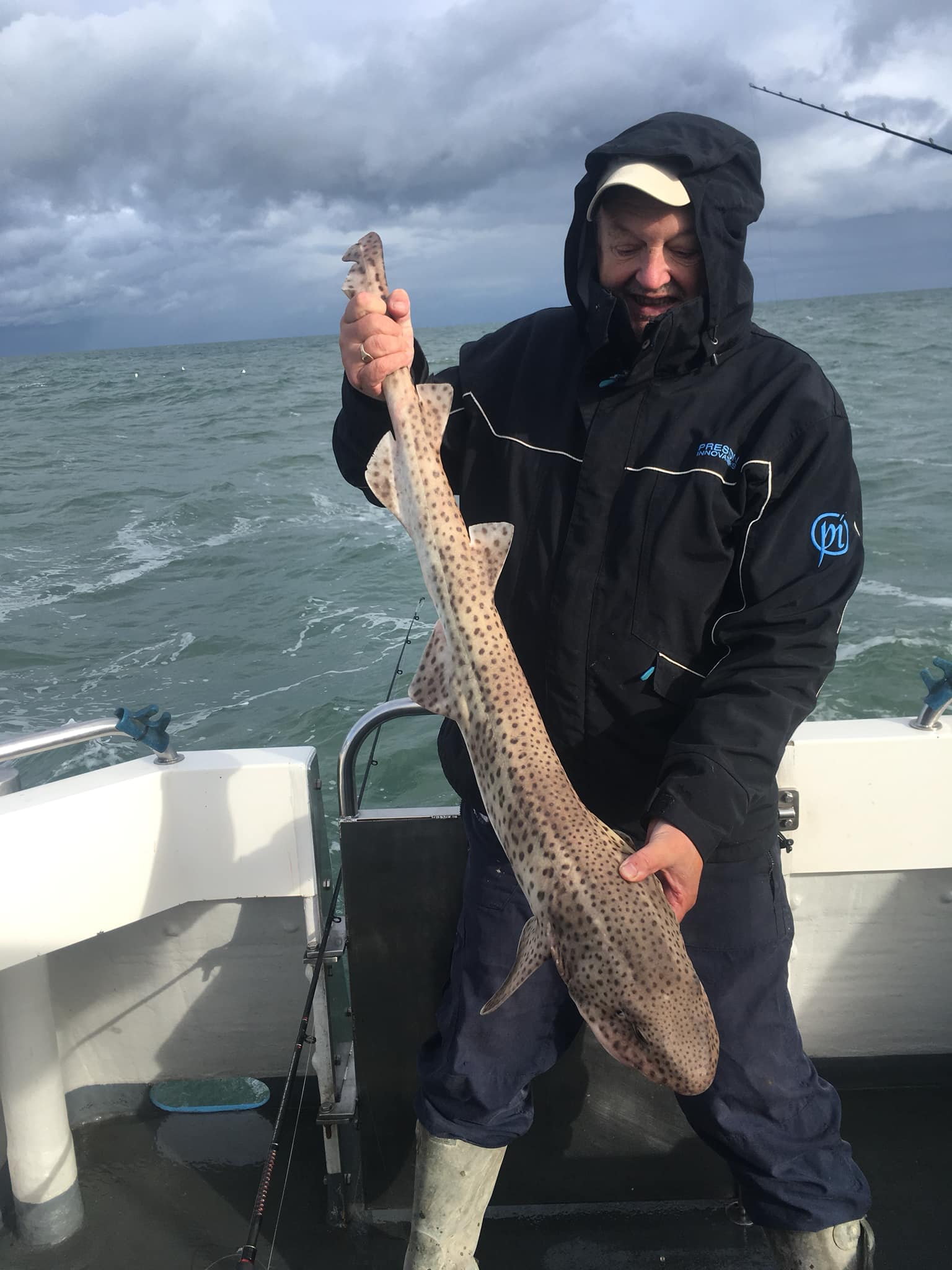 Spurdog and bull Huss are giving sport off Ilfracombe with John Barbeary putting anglers on the fish. The early arrival of spurdog will bring hope amongst shore anglers that this season could be a good one for the species that have filled the winter gap in shore sport from diminished cod runs.
Spurdog and bull Huss are giving sport off Ilfracombe with John Barbeary putting anglers on the fish. The early arrival of spurdog will bring hope amongst shore anglers that this season could be a good one for the species that have filled the winter gap in shore sport from diminished cod runs.
Lee Watts banks Lake Record at Colebrook
North Devon Tackle AC – Result – Slade
SLADE RESERVOIR RESULTS – 3/11/19
With lots of cold water going in the lake of late, predicted target weights were halved!!
Winner on the day was Kevin Wilton. Kev fished a 6mtr whip on the the roadside bank, amassing 75 roach, with the rest made up of skimmers and a couple of big perch, giving him a 16lb 9oz total.
Stafford Moor – Silvers Festival
Stafford Moor – Personal Bests in eleven fish day trip.
SEA ANGLING NEWS ROUND UP!
BIDEFORD ANGLING CLUB MONTHLY ROVER
November rover results
1st Tarrant Wotton flounder 1lb 11 1/2 85.156%
Joint 2nd
Dick Talbot
Tarrant Wotton flounder 1lb 11 84.375%
4th Dick Talbot flounder 1lb 8 1/2 76.562%
5th Terry Dymond flounder 1lb 5 3/8 67.968%
6th Terry Dymond flounder 1lb 4 62.500%
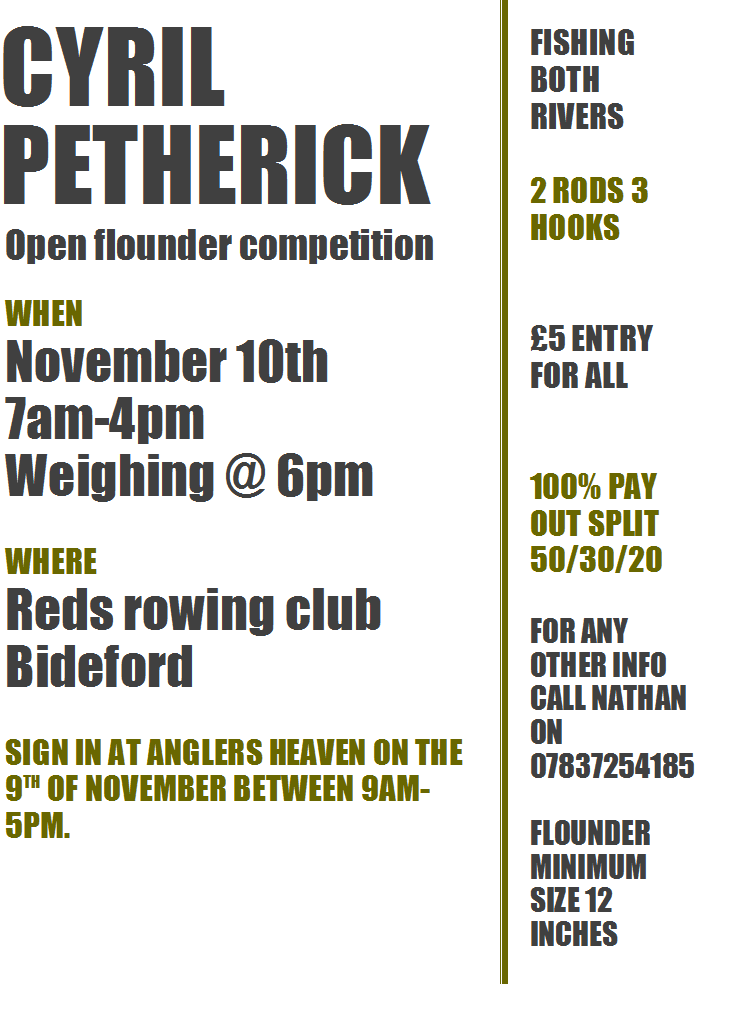
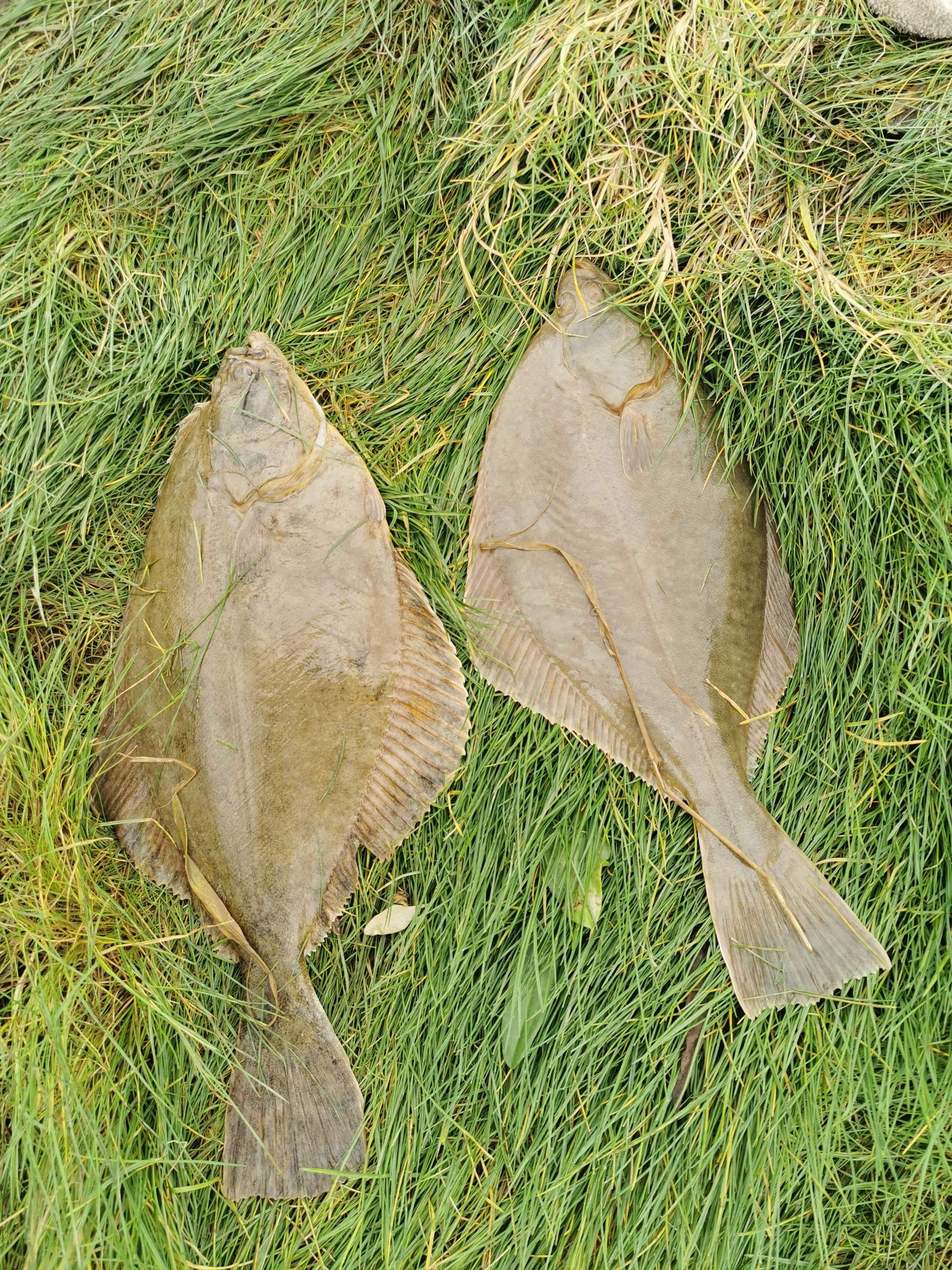
APPLEDORE SHIPBUILDERS MONTHLY RESULT
November Rover Results
1st – Chris Boon – Flounder 1lb 11 3/4ozs
2nd – Martyn John – Flounder 1lb 9 1/2ozs
3rd – Josh Atkinson – Thornback Ray 5lb 15 1/4ozs
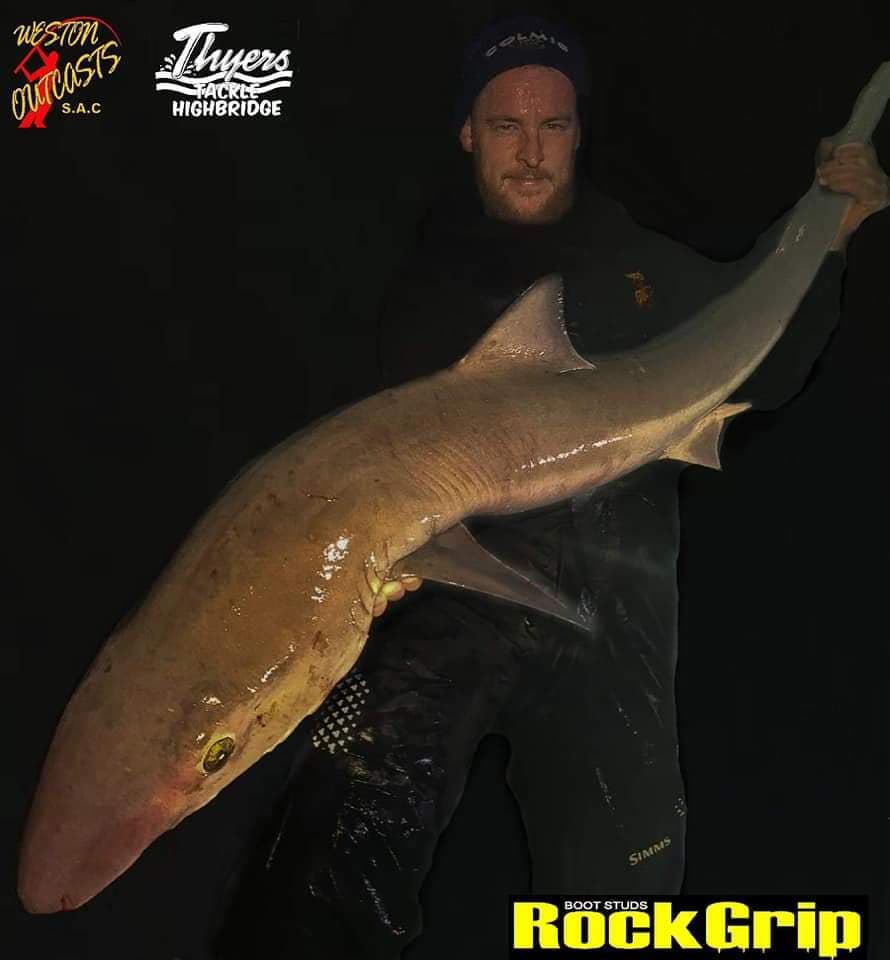
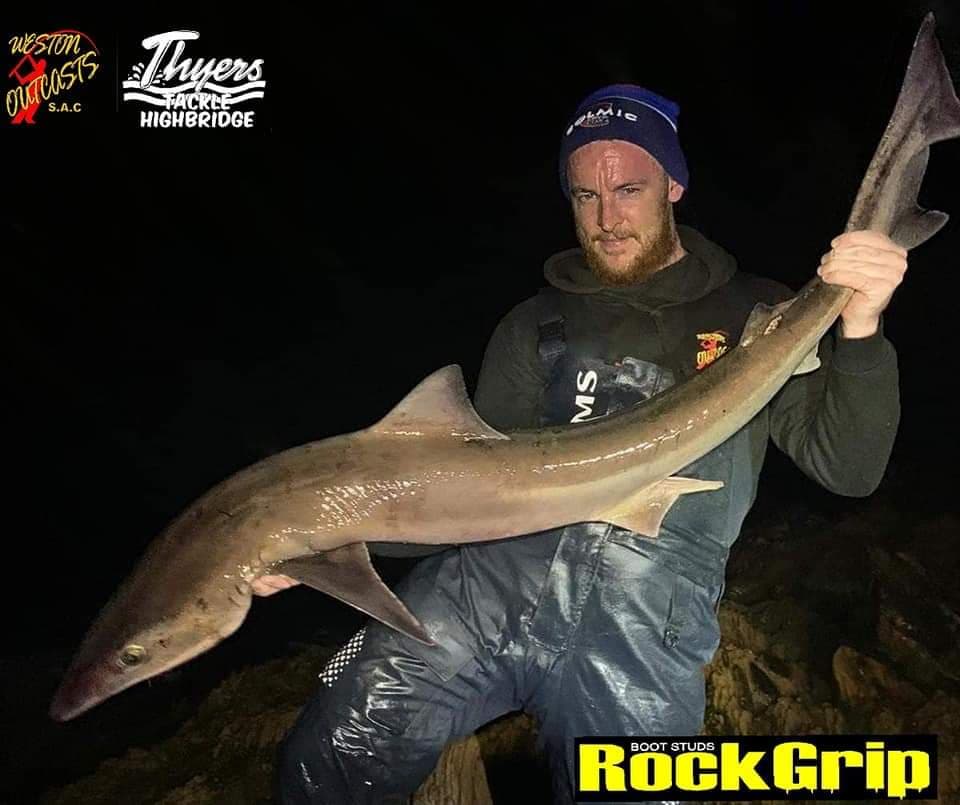
Damien Close from the Weston Outcasts fished a North Devon Rock mark on the eve of last weekends big storm and was certainly in the right place at the right time. I was fishing further along the coast with former tope record holder Kevin Legge. Kev received a text from Damien. Two casts, two tope 41lb and 31lb ! The mark we fished was not so productive giving a steady stream of strap eels and dogfish. I did hook a decent fish that came off after just a few moments. Isn’t it sods law that the 2lb strap eel engulfs the bait in seconds and the big fish manages to avoid getting hooked!
Big low pressure systems often result in big fish being caught with the time before and after proving good times to be out at the waters edge. Fishing at such times is of course potentially risky so always follow sensible guidelines ensuring that you have good knowledge of how the weather will affect your chosen mark. Ensure you the correct landing equipment, use adequate tackle to land the fish you hook, were a life jacket, carry a quality head torch ( Have just bought a Fenix HM65R and have found it an excellent buy).
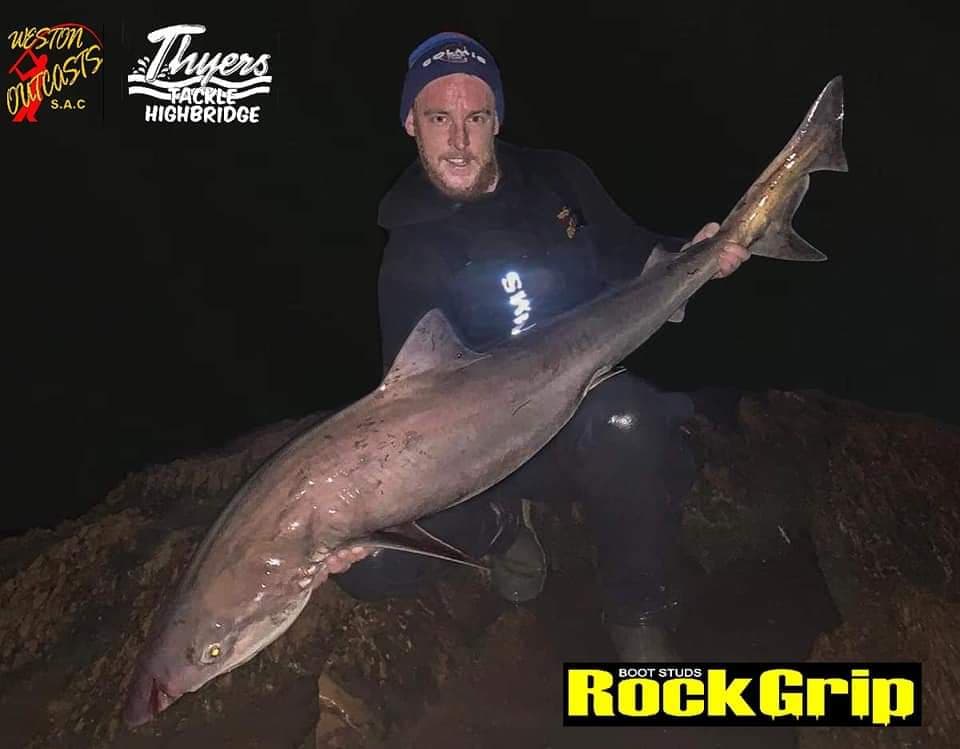
North Devon Match Group – Oaktree Result
North Devon Match Group Winter League No.2 @ Oaktree Fishery
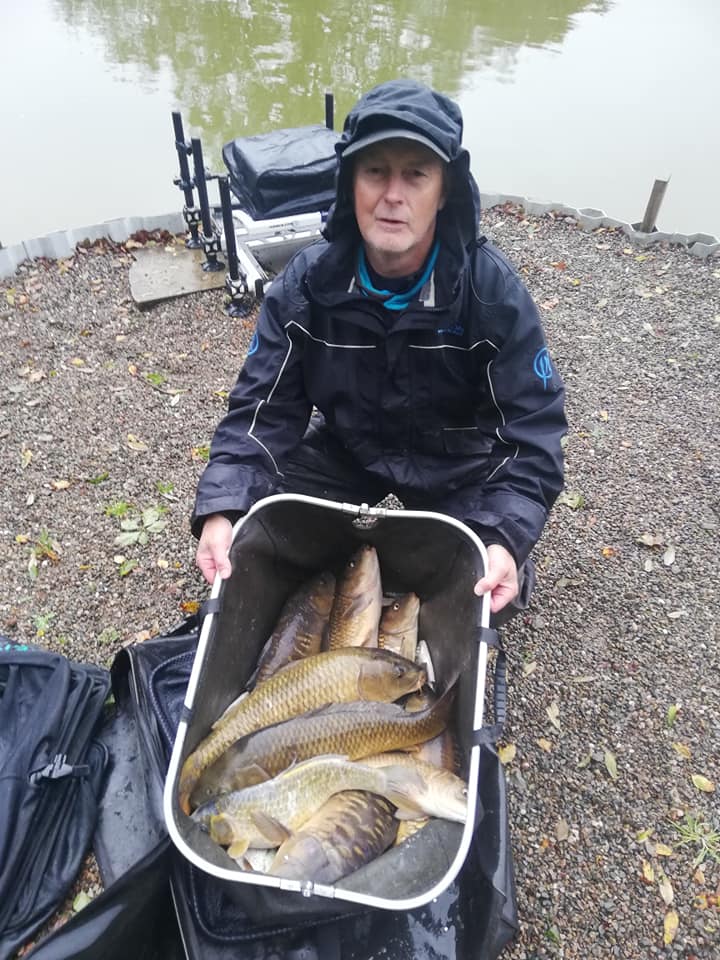
1st Neilsen Jeffery 45lb 2oz
2nd Paul Ware 32lb 7oz
3rd Chris Morris 26lb 5oz
4th Colin Cherrington 23lb 2oz
5th John Lisle 21lb 4oz
6th Nathan Underwood 18lb 4oz
7th Graham Currington 14lb 4oz
8th Ken Cocks 13lb 13oz
18 fished, Neilsen Jeffery convincing victory came to corn fished in the margins on the top lake , Paul Ware second spot came to pole fished pellet also from the top lake, third and fourth places came from the bottom lake Chris Morris fished the waggler for top spot .
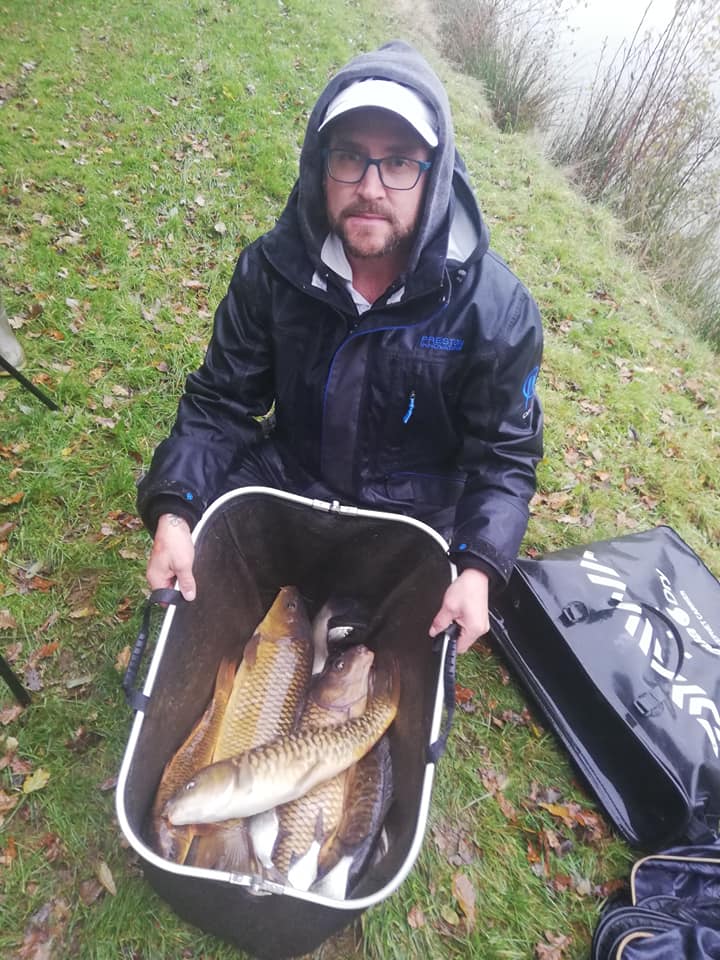
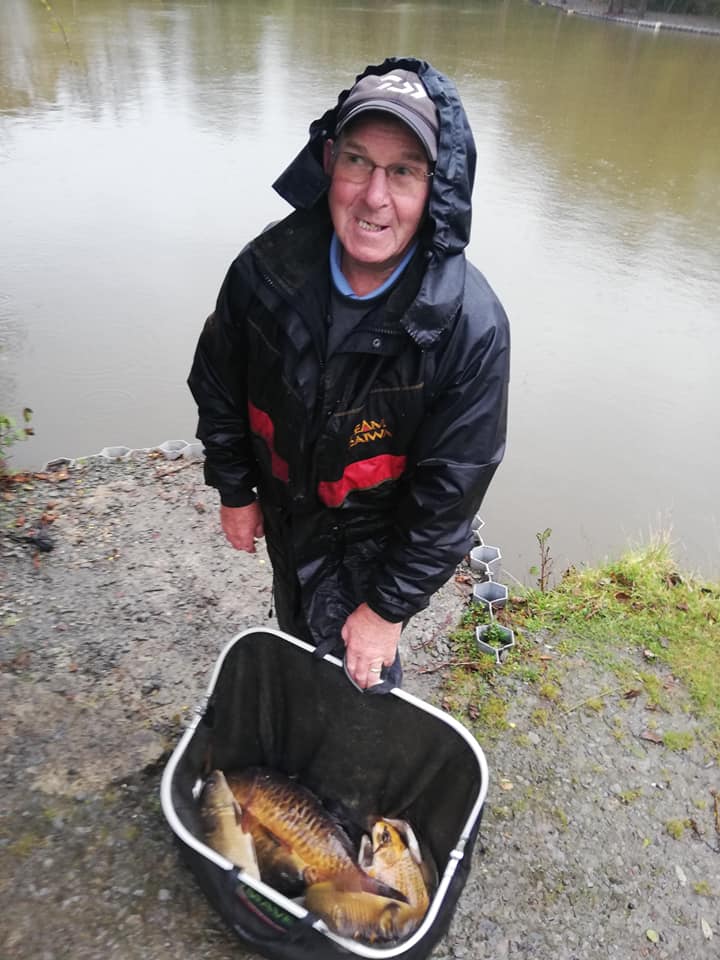
WIMBLEBALL – LATE AUTUMN
Fly Fishers have enjoyed a splendid season at Wimbleball Reservoir with regular stockings of quality rainbow trout throughout out the season.
I enjoyed some exciting sessions at the venue in the spring but have struggled to get back during the summer months with other fishing trips and lifes demands conspiring to keep me away from this delightful venue high on Exmoor. With reports of some stunning rainbows being caught during the autumn I was determined to have at least one more session before the seasons close at the end of November.
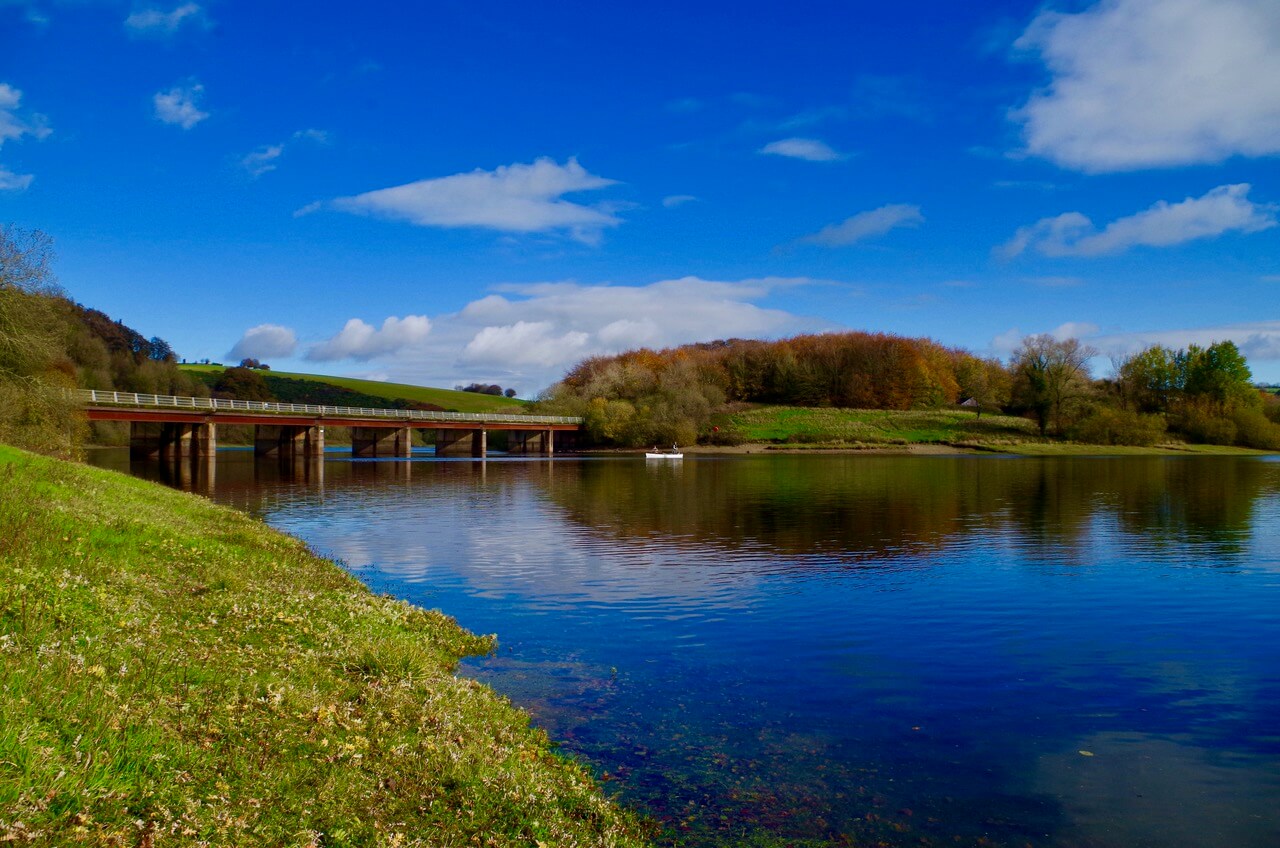
Whilst the North Devon coast was tempting I decided I must take the fly rod and try for a reservoir rainbow. After the big storm that had blown through on Saturday I wondered what the water clarity would be like as I arrived on Sunday morning. To my relief the water was crystal clear and sparkling in the late autumn sunshine. A brisk Westerly breeze was blowing across the lake into Ruggs Bay where I started my session. After half an hour or so without a pull I decided to move to Bessoms Bank opposite where the wind would be blowing over my shoulder, This was also the area that appeared to be fishing well according to the catch returns in the fishery office.
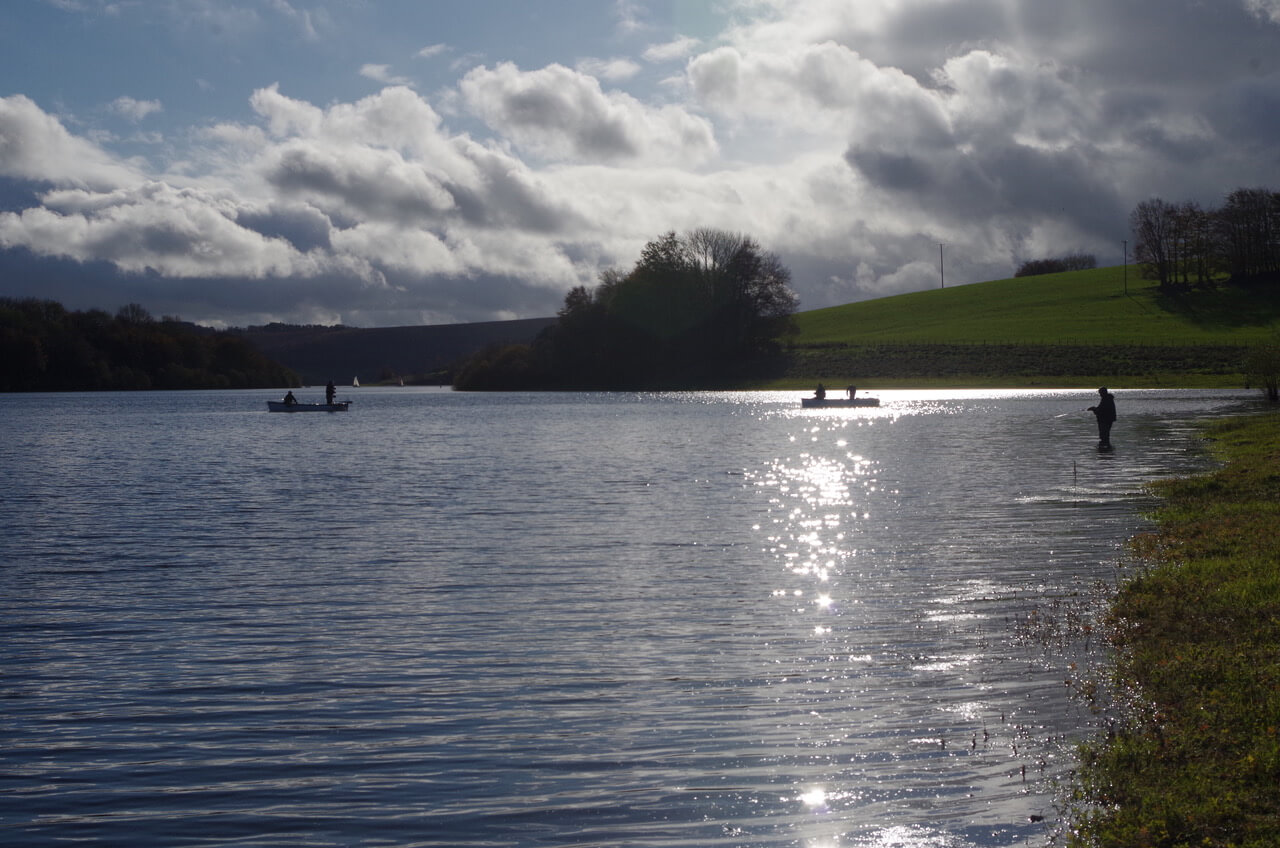
A couple of other anglers were already fishing this area and boats were drifting off this bank indicating that a few fish were probably about. It was encouraging to see several fish rising within casting range of the bank especially with it being November 3rd. I was fishing a team of flies with a floating line, Montana on the point and buzzers on the droppers. After ten minutes a fish rose at the limit of my casting range and I dropped my fly bang on target! One pull, two pulls and there came that satisfying thump down the line. The rod hooped over and several yards of line disappeared through the rod rings. A near fin perfect rainbow of around 3lb was soon safely in the net.
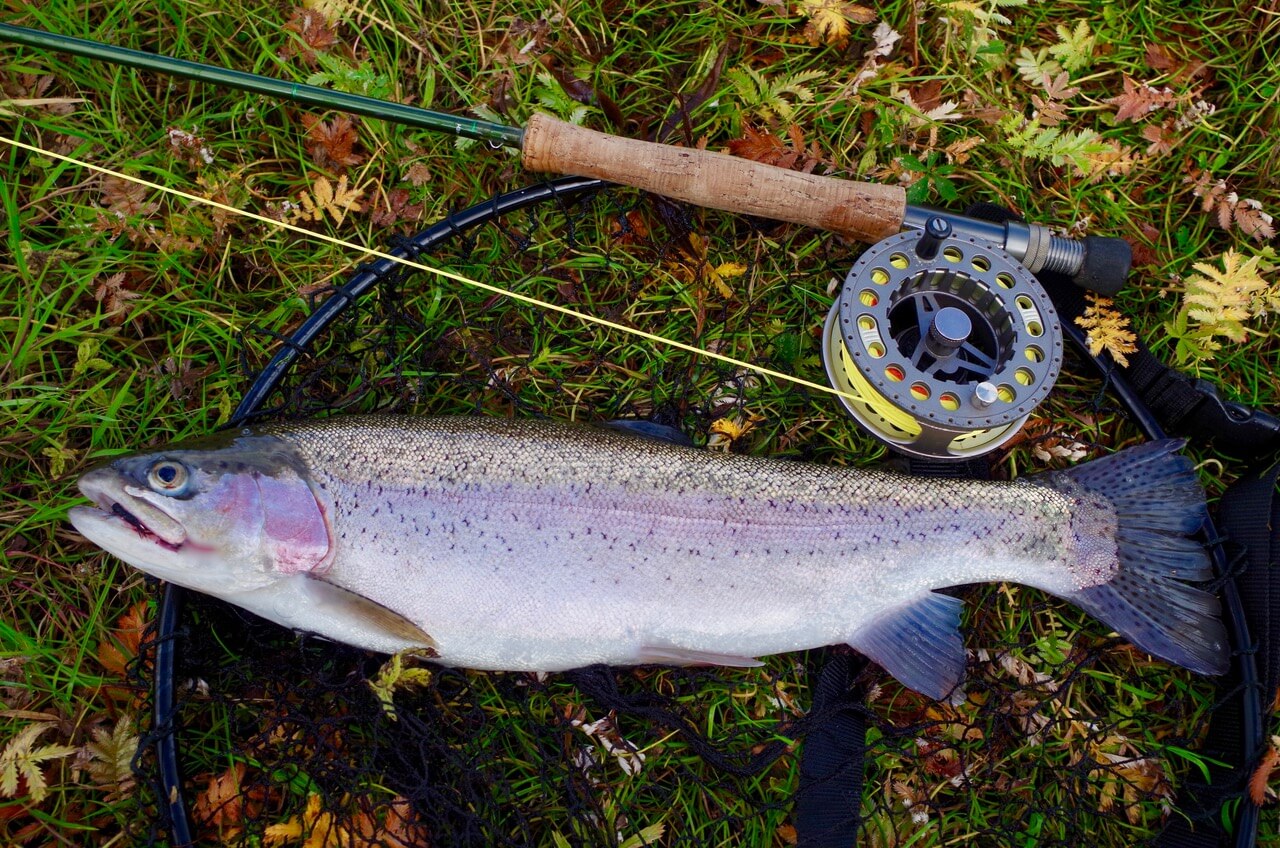
I persisted with the floating line set up for a couple of hours briefly feeling one other fish. With few fish rising as afternoon set in I changed over to a sinking line and a lure with a long black marabou tail and silver head. After ten minutes a solid take resulted in another hard fighting rainbow of a similar size to the first.
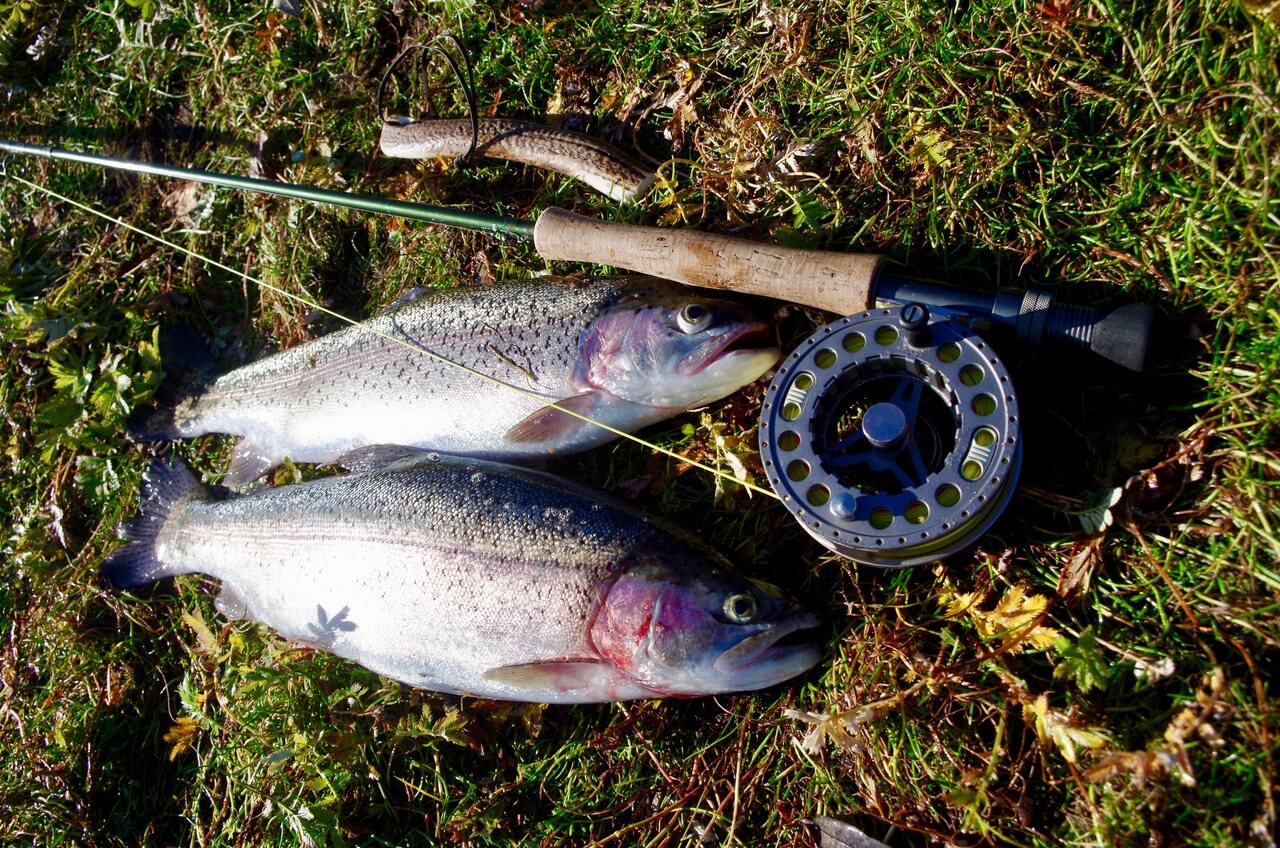
With two trout in the bag I now ensured that I was using barbless flies. For a while I persisted with the lure and sinking line approach and had several follows and swirls, I glimpsed what looked like a very large brown trout following the lure right to waters edge. After this all went quiet for a while and I reverted back to the floating line for an hour without success.
With no activity on the surface I again swapped over to the sinking line and lure approach. After ten minutes a beautiful brown trout of around 1lb seized the lure and was slipped free without removing from the water. Next cast brought a solid take from another brown trout that was pushing 3lb this was returned immediately as being on my own it would be difficult to get a decent picture.
As the light started to fade heavy rain began to fall and I decided it was time to head for home. It had been a very enjoyable day with a couple of good trout for tomorrow nights tea a pleasing brace of browns returned and that monster glimpsed to come back for next time. I slipped back into the permit office to make my return and checked out what others had caught. Plenty of stunning rainbows to over 5lb had succumbed with several multiple bags of fish. I could have done better but at least I had caught a few and enjoyed my day. I will be back in the spring. There are over three weeks left of the season and there are some stunning rainbows waiting to be caught from what has to be the West Country’s best large Stillwater. trout fishery.
Low Pressure Big Fish!
Big low pressure systems with mild air from the South West combined with wind and rain often bring the big fish the feed as anglers found whilst fishing South Molton Lakes at Furzebray and Hacche Lane.
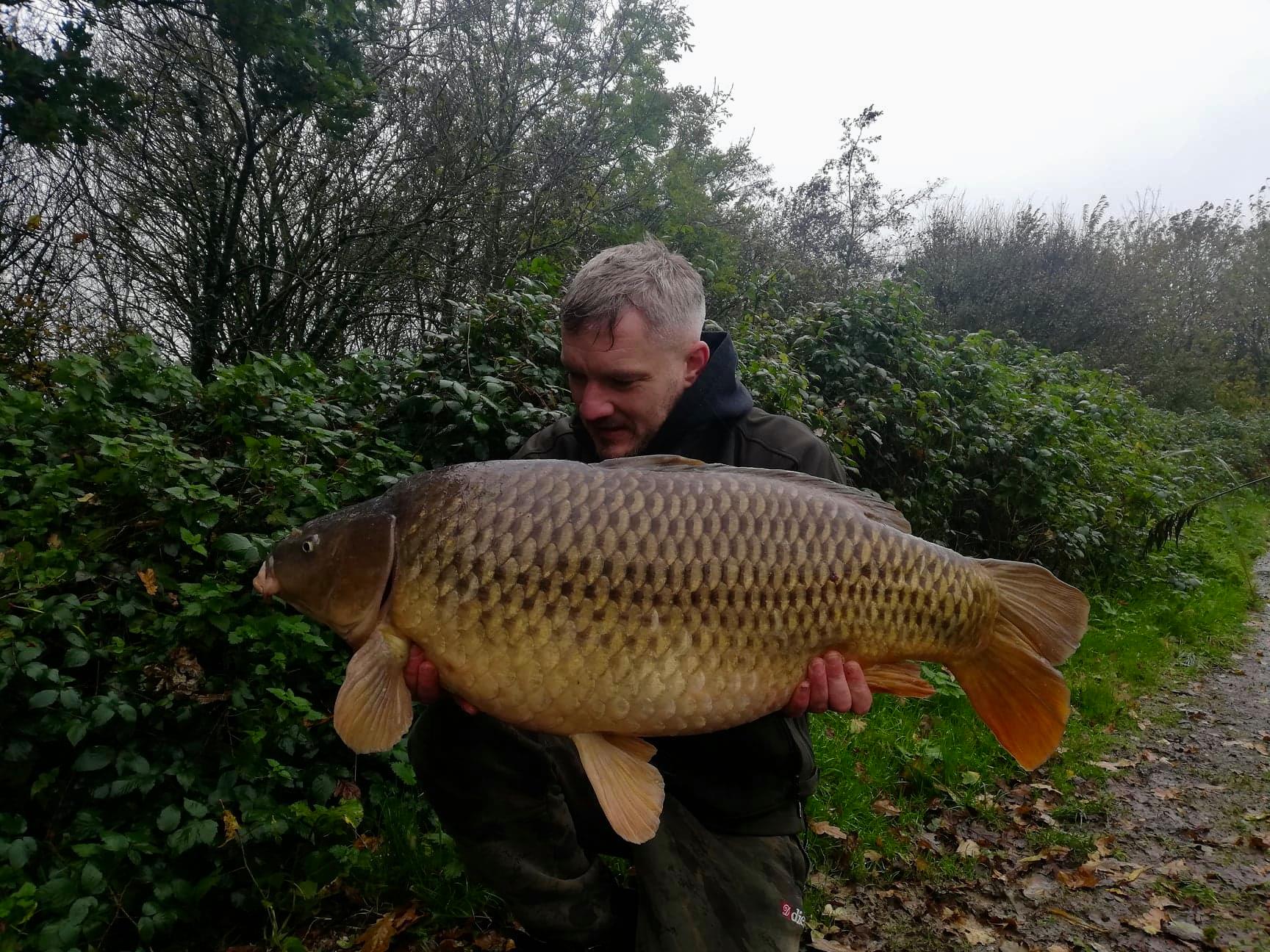
(Above) Graham Kelly made the most of a cancellation at Furzebray !!! Graham banked one of his target fish from Island Lake The mint common at an all time high of 35lb 12oz.
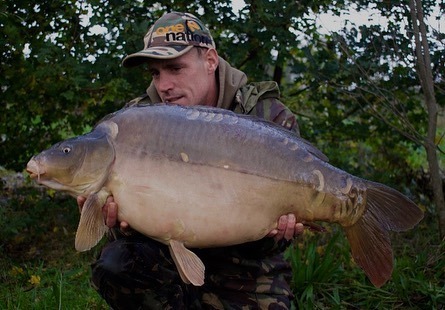
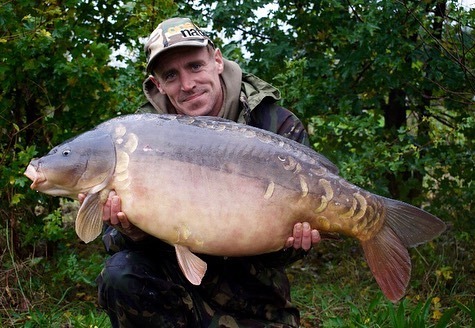
Lee Rolls has been a long time member of the Hacche Lake syndicate and set a new lake record banking 32lb 14 oz he then went on and broke it again a couple of hours later with another fish of 33lb 8oz.

